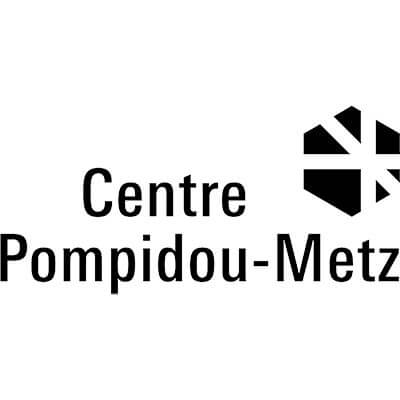From July 13 to November 18, 2024, the
Centre Pompidou-Metz is featuring
photography in all its forms in the exhibition Seeing / Time / In Colour.
It is curated by leading photography specialist Sam Stourdzé, who is currently
director of the Villa Médicis in Rome and was formerly director of Les
Rencontres d’Arles from 2014 to 2020 and the Musée de l’Élysée in Lausanne
from 2010 to 2014. The exhibition brings together around 250 works and
50 photographers, offering a unique overview of the major technical challenges
that have marked the history of the discipline. It will provide an opportunity
to discover exceptional works: from very rare plates showing the restoration
of masterpieces from the Italian Renaissance to rarely exhibited seascapes
by Gustave Le Gray and autochrome plates from the collection of Albert Kahn
recreated for the exhibition.
Optical and mechanical features, chemical procedures, innovative physical
properties: for a long time, technology was lumped together with the objective
sciences. However, more than just a simple means of photographic production,
its developments have paved the way for, or given rise to, all of its most
important artistic revolutions.
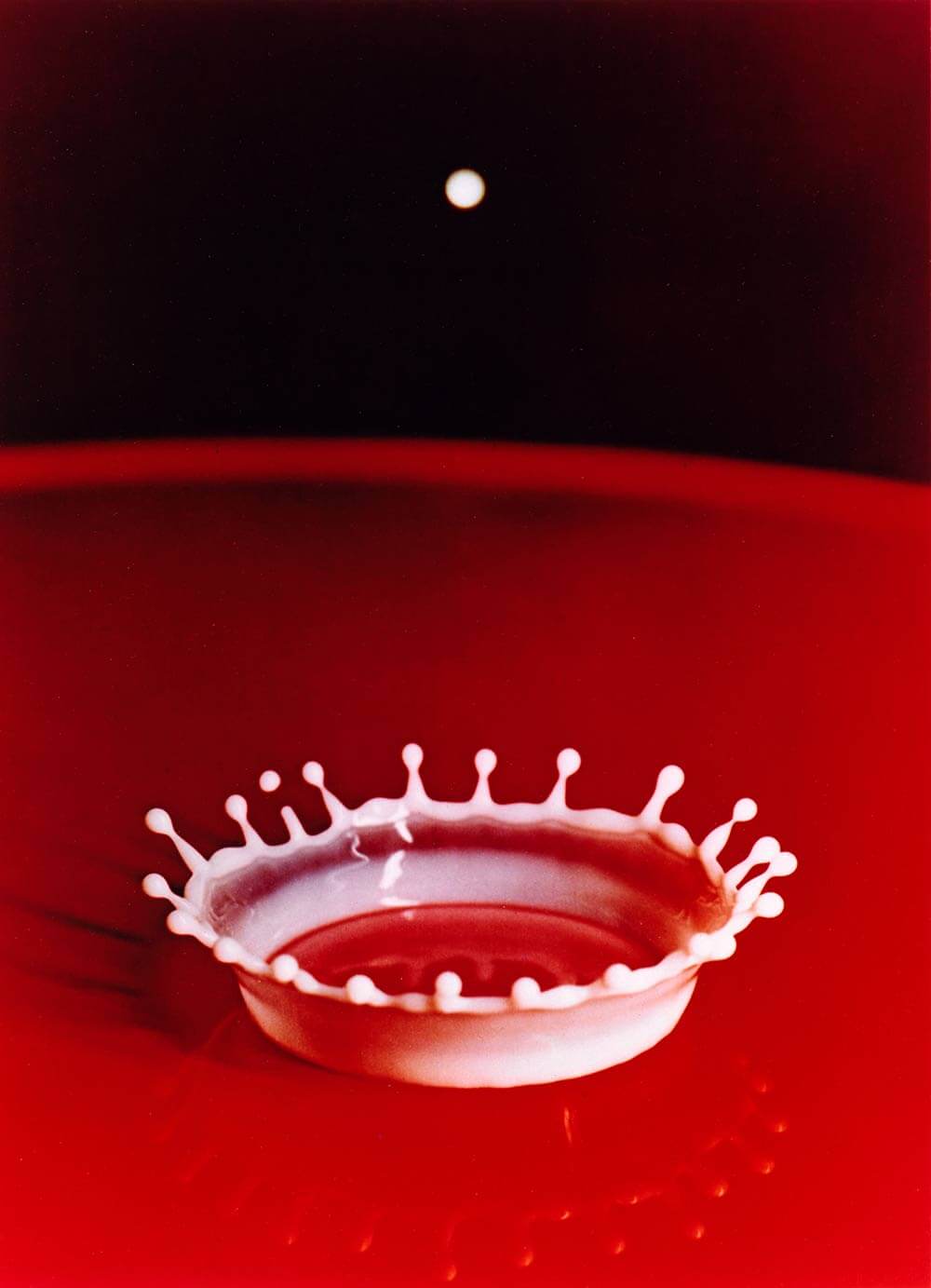
Harold Edgerton, Milk drop coronet, 1957, 50,8 x 40,64 cm épreuve dye-transfer Collection Arlette et Gus Kayafas © Harold Edgerton/MIT, courtesy Palm Press, Inc., from the Kayafas Collection
Divided into three sections, the exhibition examines key issues connected with
the reproduced image, the origins of photography, the rise of the snapshot, which
enabled the discipline to be considered “modern”, as well as its relationship
to colour, a pivotal development that led to an unprecedented democratisation
of the practice. In each of these three sections, the photographic work of a
particular iconic figure will be showcased: Constantin Brancusi, who hijacked
the reproductible function of the image in order to produce hundreds of
photographic interpretations of his sculptures; Harold Edgerton, who, in the
1950s, fixed time in the image eventually causing it to break down; and Saul
Leiter and Helen Levitt, pioneers of colour photography who through their use
of areas of colour transformed reality into a poetic form. Around these figures
will emerge a multitude of other artists who have explored unknown facets of
photography.
Interweaving periods, the exhibition will bring together the pioneering works of
19th- and 20th-century photographers and those of contemporary artists, from
Hans Peter Feldmann, who revisits the camera obscura with his installation
Shadow Play as an inaugural form of the reproduced image, to Dove Allouche,
Ann Veronica Janssens, Laure Tiberghien and Hugo Deverchère, whose works
highlight, throughout the exhibition, the many paths that are still being opened
up, even today, by the technical manipulations of the medium.
Infinite reproduction
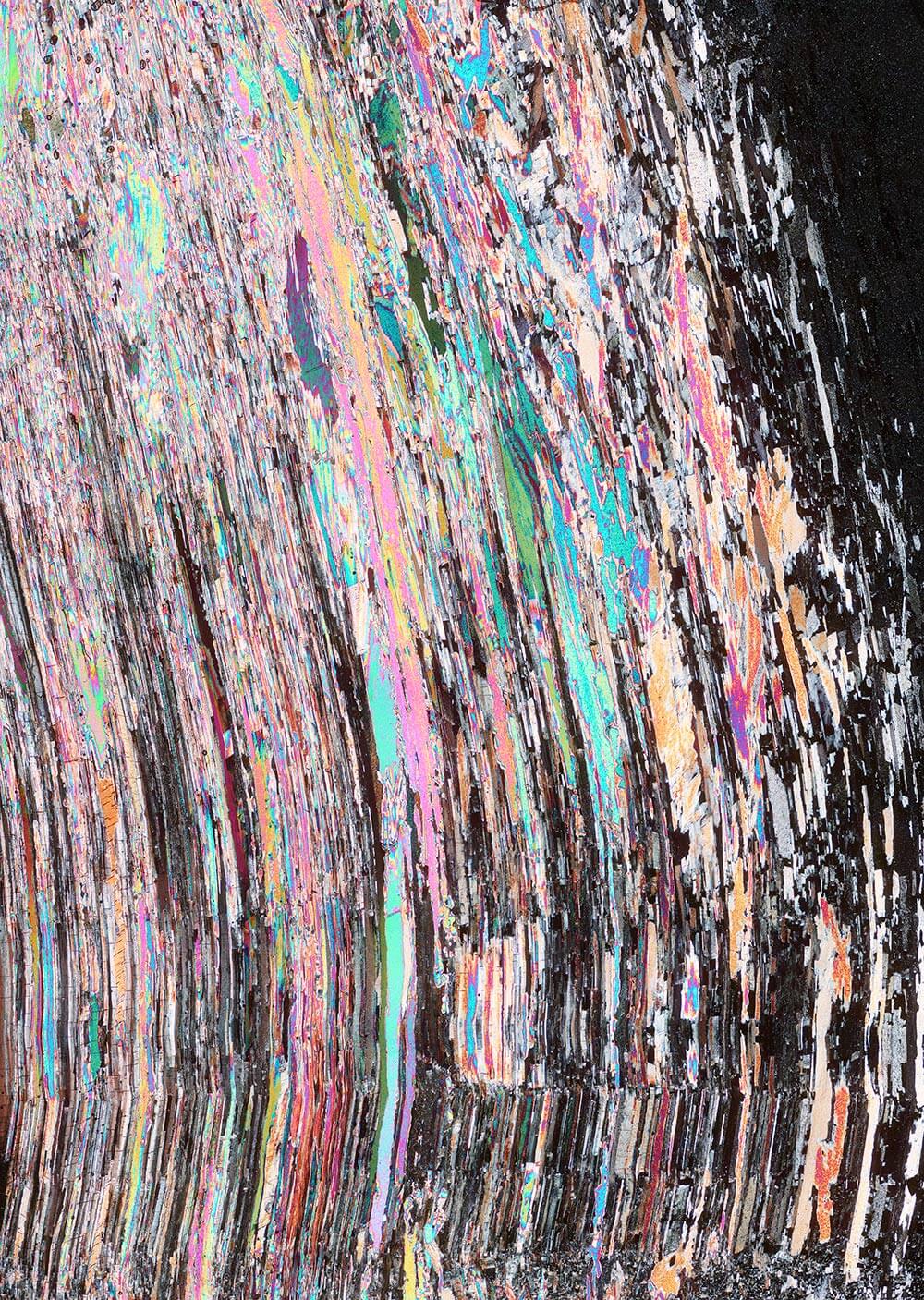
Dove Allouche, Evaporite_19, 2019 Tirage argentique Lambda d’après une lame mince prélevée sur un bloc de gypse, 175 x 125 cm Paris, collection particulière © Photo Dove Allouche
The historic essay written by Walter Benjamin in 1935, The Work of Art in the
Era of Mechanical Reproduction, laid the foundations for the great challenge
posed for all of the arts of the 19th century by the emergence of photography:
the possibility of immediate and infinite reproduction undermined the work
of art’s unique sacred status. Although the concept of reproduction is central
to the photographic process, artists have continually sought to reinvent it,
formally and conceptually. Constantin Brancusi, the first great figure in the
exhibition, photography was not a way of documenting his works, but rather
an embodiment of his thinking about his sculptures. The multiple views that he
made of his works in the studio reveal his interest in mise en scène, in which
no detail was left to chance, from the position of the base to the lighting and
the choice of background colours for controlling the light.
From the outset, photography was used as a way of objectivising reality.
By making accessible what had up until then eluded the realm of observation,
it turned out to be a unique tool for documenting, disseminating and
encouraging the great conquests of modern western history. Thanks to the
Bisson brothers, who took nearly a thousand panoramic views of mountain
chains between 1858 and 1862, the mountain and its peaks, previously hostile
or simply unknown places, were now within reach of the image.
In parallel, astronomical views multiplied, notably under the impetus of the
Henry brothers, who in 1884 produced the first map of the sky, and took
numerous photographs of planets, stars and astronomical phenomena, which
were widely distributed among the scientific community and the general public.
In this respect, the iconic photographs of Nasa’s space conquests in the 1960s,
rarely shown in France, are a reminder of the extent to which photography
structures our imaginations as much as it serves a political objective. Another
conquest, that of the realm of the infinitely small, saw photography supplant the
microscope. Little by little, it left the realm of the sciences and became a form
of visual experimentation, epitomised in particular by the photographer Laure
Albin Guillot who in 1931 unequivocally renamed it “decorative micrography”.
Encapsulating time
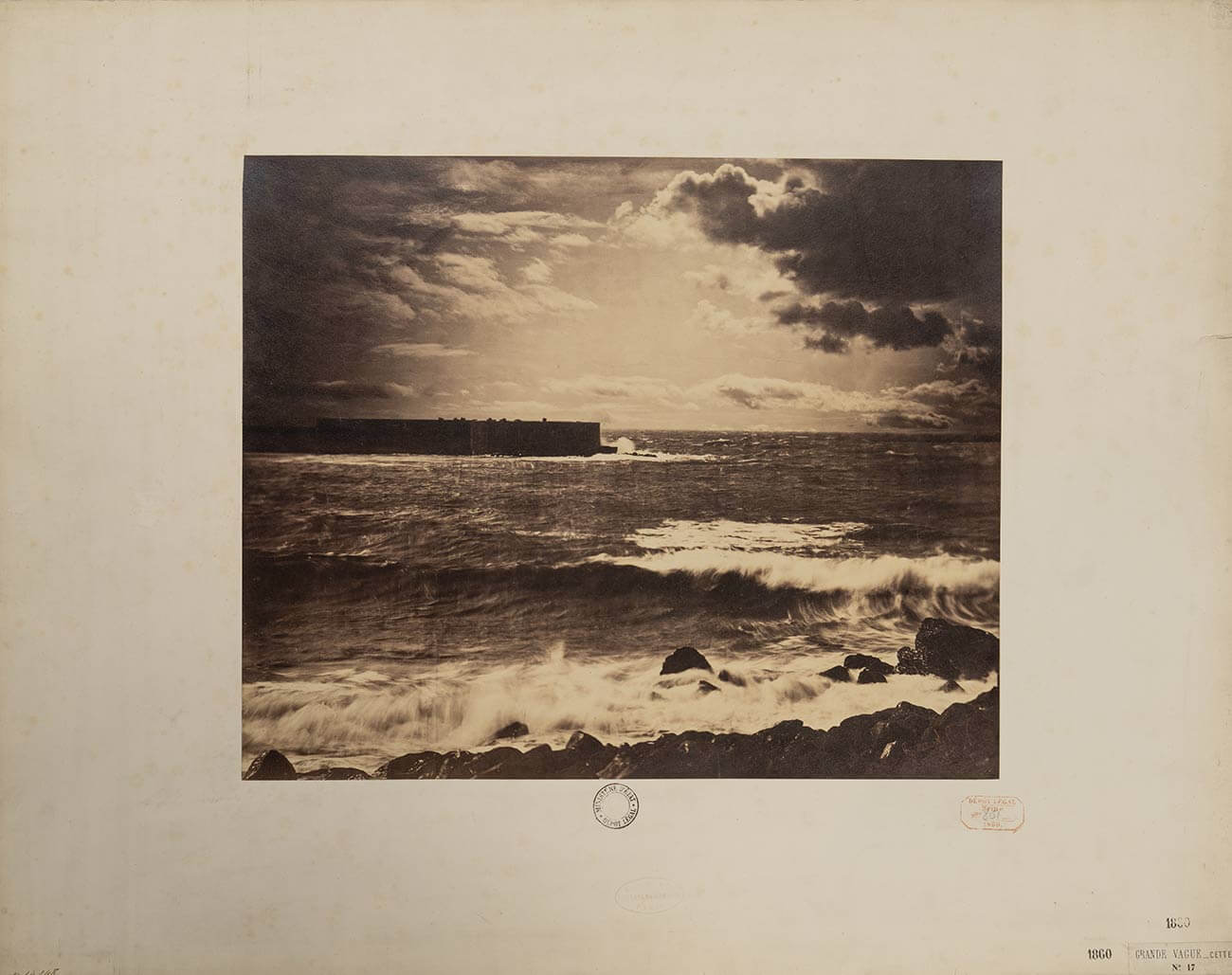
Gustave Le Gray La Grande Vague à Sète, n° 17, 1857 Photographie sur papier albuminé Collection du Musée barrois, Bar-le-Duc. Inv. prov. 14.01.30.1 © Musée barrois / N. Leblanc
The most radical transformation in photography was the mastery of the snapshot,
achieved for the first time in 1841 with the first negative/positive process in
history. In 1856, thanks to a much shorter shutter speed, Gustave Le Gray was
able to take his famous Seascapes [Marines], photographic landscapes of
oceans captured on the spot and whose picturesque aesthetic adopted the
conventions of landscape painting. With the arrival of the snapshot, our entire
relationship to the tool was transformed: photography was no longer simply a
means of obtaining an image that was planned in advance, but rather an end
in itself, leading to a dizzyingly infinite number of possibilities. There remained
one challenge for it to overcome: in order to capture a dense, cloudy sky, the
sea had to be under-exposed, thus appearing too dark; in the opposite case,
the sky, over-exposed, would disappear. To get around this, Gustave Le Gray
produced the first manipulated images, the first photomontages in history, by
combining one negative for the sea with another for the sky. He thus obtained
a perfectly density, from sea to sky.
In the context of the technical modernity of the late 19th-century, glorified by
speed, the exactness and precision of these new processes paved the way for
a variety of experiments. In the United States and France, the pioneering work
of the physicists Eadweard Muybridge and Étienne-Jules Marey transformed
our understanding of human and animal physiology.
With the chronophotograph, invented by Étienne-Jules Marey in 1882, it was
possible to record a series of successive images, taken at a thousandth of a
second, on a single surface, thus revealing the imperceptible trajectory of bodies
in movement. The revolution extended well beyond the realm of photography,
serving the visual arts – it preceded by nearly 30 years the experiments of the
Futurists, and opened the way to proto-cinema – as well as medicine and the
physical and natural sciences.
Artists and scientists worked together to push back the limits of the visible.
Harold Edgerton, a professor of electrical engineering at the Massachusetts
Institute of Technology (MIT), used his stroboscopic flash device to push
the photograph to its furthest limits. The falling drop of milk he managed to
capture, at the precise second when it hit a flat surface, reflected his desire
to expose the passage of time. He became obsessed with this quest, devoting
two decades to it, from the first crown formed by a splash that he produced in
1936, to the brightly coloured version in 1957, which is striking in its immense
visual clarity. Here, at last, was one of photography’s great achievements:
encapsulating time.
Fixing colour
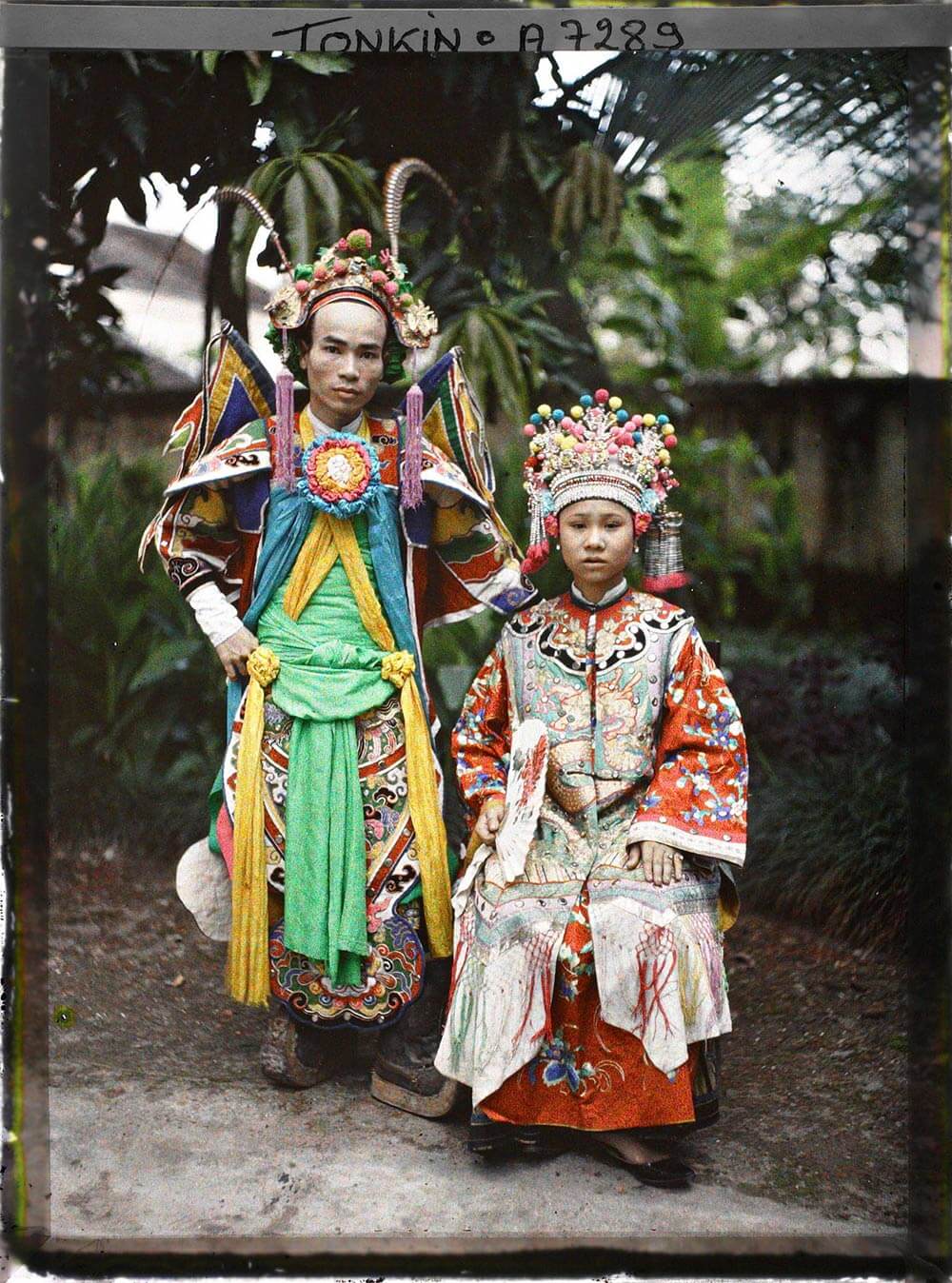
© Léon Busy pour “Les Archives de la Planète”, Tonkin, 1915 Autochrome, 12 x 9 cm, Boulogne-Billancourt, Musée Départemental Albert-Kahn
The ultimate challenge was to capture colour. As testified by the humanist
utopia of the banker Albert Kahn, who wanted to create an archive of the
planet, colour was initially the preserve of scientists, from the pioneering
experiments of Louis Ducos du Hauron, who took the first colour photograph
in history in 1877, to the dazzling success of autochrome plates in the first
quarter of the 20th century. In the 1930s, with Yevonde Middleton, a pioneer
of colour photography in England, it acquired burlesque, eccentric and, for
the first time, feminist aesthetic qualities. Thanks in part to Saul Leiter, one of
the greatest colour photographers, it became a photographic style in its own
right. He declared: ‘Painting is glorious. I love photography, but I’m not sure
photography can do what painting can.’ And yet, he rendered in colour what
few had managed to convey before him. Playing with large areas of colour
and often monochrome palettes, Leiter worked colour in a body of work that
anticipated Helen Levitt, William Eggleston, Joel Meyerowitz and Stephen
Shore, even though, paradoxically, he was only celebrated for his achievements
after them.
Seeing / time / in colour: three periods when technological advances made
it possible to capture on paper the great achievements of photography:
reproducing an image, capturing time and fixing colour. Like utopias conquered
anew each time, photography reminds us of its importance in the discovery
of the world as we know it. It enables us to see, and asserts its political
and societal subjectivity. We take it for granted, sometimes forgetting that
capturing the image of the world is also a technical challenge, and above all,
an infinite source of inspiration for artists.
